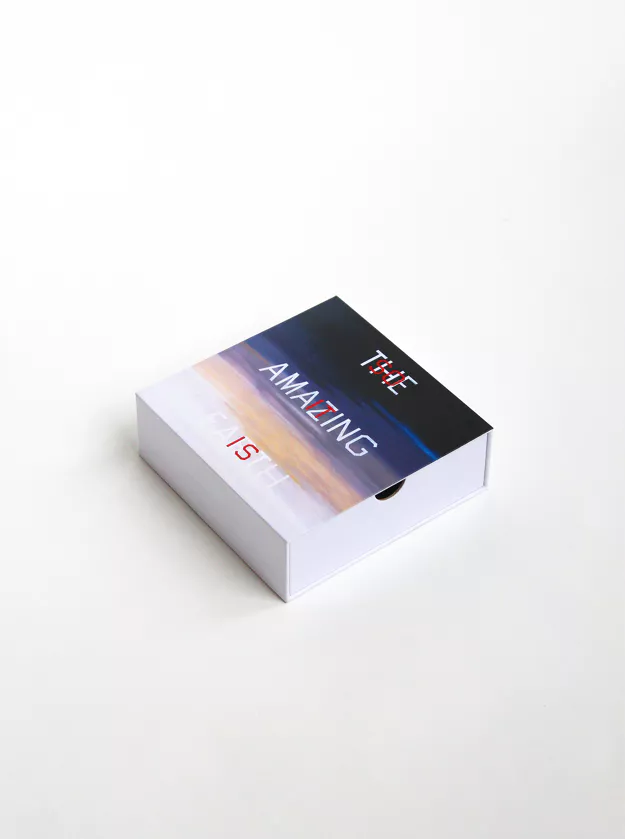Details:
① Artwork:
The falcon cannot hear the falconer
This painting depicts a falcon, extracted from Hans Holbein the Younger’s Portrait of Robert Cheseman from 1533, shown with hooded eyes as an enduring symbol of man’s coercion of nature. Perched on the anonymous hand of the falconer (cropped from the frame), the hooded falcon takes on an ominous quality, unaware of the storm in the distance. This work takes its names from a line of W.B. Yeats’ poem The Second Coming. The artist chose the title to connect with a repeating history of apocalyptic feeling expressed through all art forms in the face of natural and manmade disaster. The poem was written in 1919 in the aftermath of World War I and the near death of the poet’s wife during the second influenza epidemic.
Specs:
③ Artist:
Jesse Mockrin’s paintings refer to symbolic traditions and cultural narratives in the history of European art. She uses methods of cropping, enlargement and combination to destabilize and invigorate the works she references, adding new significance even where her renditions remain faithful. Her work often addresses gender and androgyny by reclaiming stories from a feminist perspective.






